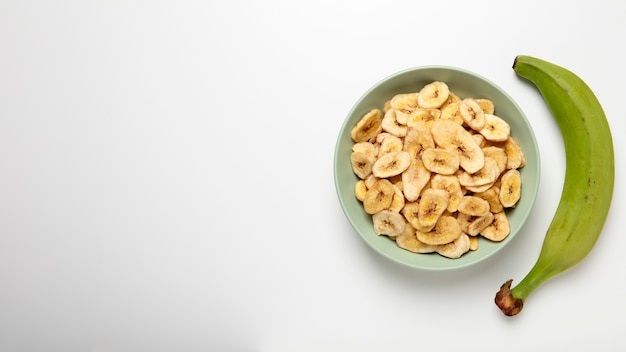Breast self-examinations are a crucial method to identify breast cancer at an early stage. Regularly conducting these checks allows you to understand what your breasts usually look and feel like, making it easier to identify any abnormal changes.
Breast self-checks allow you to promptly notice any changes or abnormalities. Common signs may include a lump, changes in your nipples or the skin of your breast. Regular self-examinations can help identify new hard spots early on.
Breast cancer is the most prevalent cancer in women. It occurs when some cells in the breast start to grow uncontrollably, forming a tumor. Tumors can be either benign or malignant. Malignant tumors are dangerous because they can spread to neighboring tissues or other parts of the body. Early diagnosis is achievable through regular mammograms and check-ups.
Starting at the age of 20, it’s necessary to perform a breast self-exam once a month, ideally a week after your menstruation. The structure of the breast changes with the hormonal cycle each month, hence this timing is ideal. For pregnant or menopausal women, the timing is less relevant but be on the lookout for skin changes, nipple discharge, or changes in breast shape and consult a doctor if noticed.
Breast self-checks involve two steps: observation and palpation. Looking in front of a mirror, check for any changes in breast shape, skin color, nipple health, or skin texture. Palpation involves using the inner parts of your three middle fingers to feel your breasts in small circular motions.
Signs to watch for include changes in breast shape and size, lumps in the breast or underarm, nipple discharge, and skin changes. Also, watch out for new nodules, alterations in the nipples, skin rashes, or unexplained pain.
While self-examinations do not replace professional exams or tests, regular self-checks can help identify cancer in its early stages. It’s also important to remember that if you notice any of the abovementioned signs, you should consult a doctor immediately.







